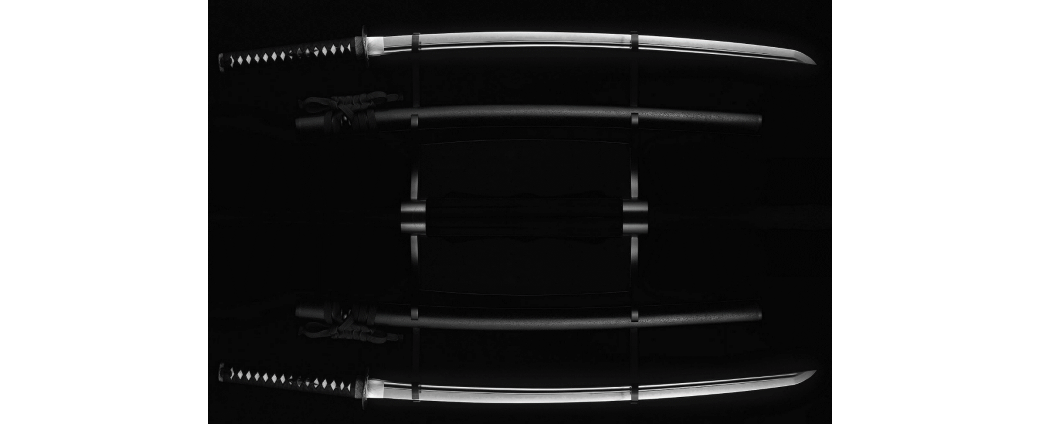Japanese Samurai swords have become quite popular around the world over the years. These designated warriors wielded these swords to devastating effects during their numerous conquests. In modern times, Samurai swords like Katana have found wide-ranging applications in various fields. Samurai swords rank quite high amongst the most coveted weapons in the world today.
The process of making proper samurai swords is one that’s quite labor-intensive and rigorous. Due to the thorough nature of the process, many sword producers have resorted to making replicas. It’s worth noting that many of the samurai swords being sold today do not have the quality of the ancient ones. However, many samurai sword producers still retain the needed quality by producing their swords via due process.
This article highlights the standard processes involved in making a proper Japanese samurai sword.
The smelting process
It’s essential to note that the production of a samurai sword begins in the clay furnace. The swordsmith takes control of the entire process of mixing iron sand and pine charcoal; this is done to extract carbon and iron to produce steel. After days of layering, a core layer of steel is obtained, and this core is referred to as Kera. The steel obtained from this process is way more costly than regular steel due to the amount of work put into its formation.
Forging and Folding
This phase is usually as crucial as every other phase involved in sword production. The core steel is hammered into several layers, having undergone intense heat. The addition and folding of several layers of steel make the steel sturdier. It’s important to point out that while the steel is being hammered, carbon is spread evenly within the piece, and this draws out impurities. The folding process also enables you to add different variants of steel types that have superior qualities. The sword is needed to be sharp and light while still retaining its capability not to shatter upon impact.
Heat treatment
Immediately after the steel must have undergone forging and folding, it is made to withstand the heat treatment. Unlike the conventional methods applied to this phase in other climes, Japanese swords are treated differently. The parts of the sword are cooled at different rates via the use of clay. Clay mixture is painted on the sword so that it covers the main blade while leaving the edges out. The swordsmith ensures the right temperature is applied to the sword; it is then plunged into a bucket of water. This method of cooling strengthens the sword and further adds to its curve.
Sharpening and Polishing
This is the part that determines how attractive the sword becomes, and enough attention is usually paid to details. Other processes like fitting as well as making the scabbard are also carried out before the final product becomes marketable.
Final Thought
You must have seen the use of the ancient Japanese sword at one time or the other. Much isn’t said about the amount of work put into its production; this article does justice to the production process. You’d be glad to know that platforms like www.samuraiswordsmith.com still produce top quality swords.


